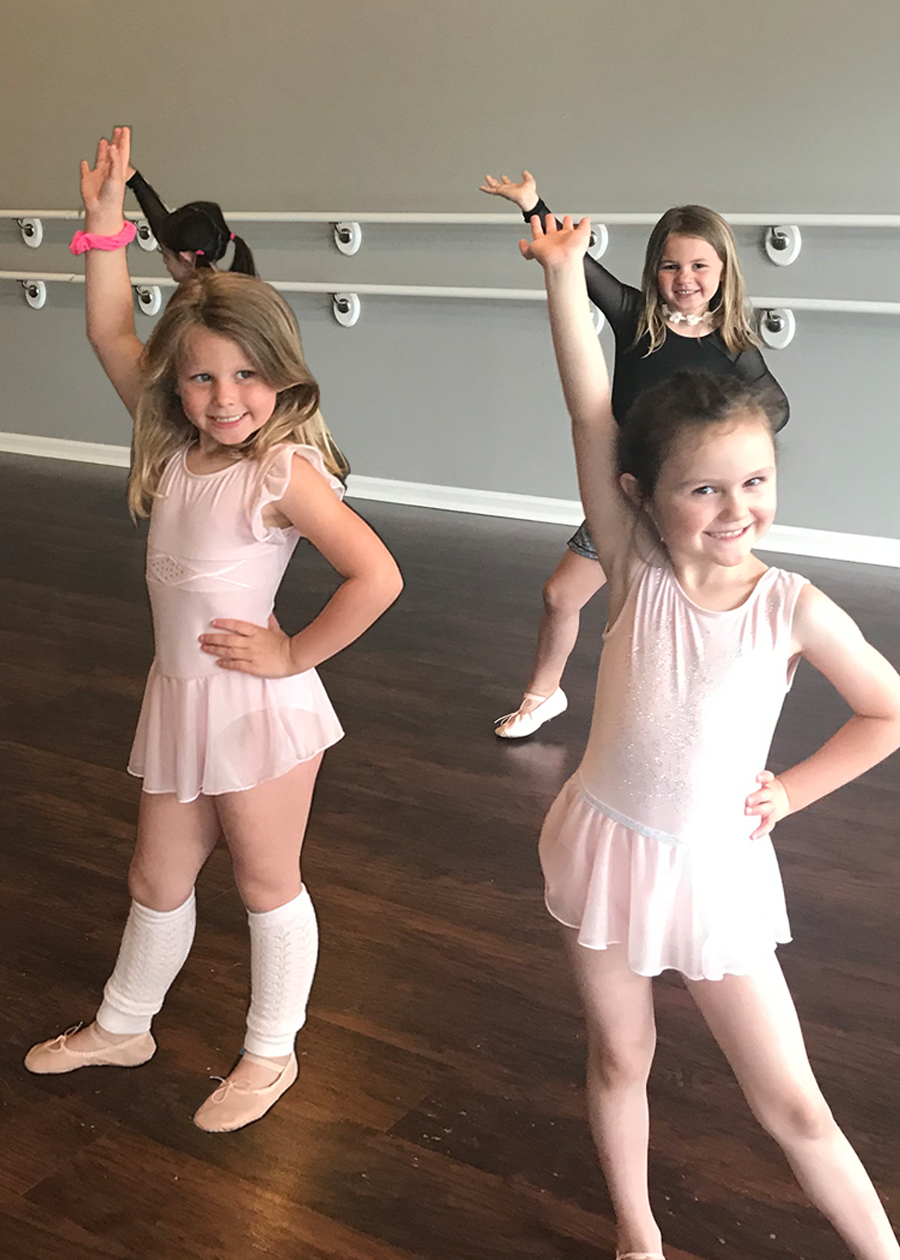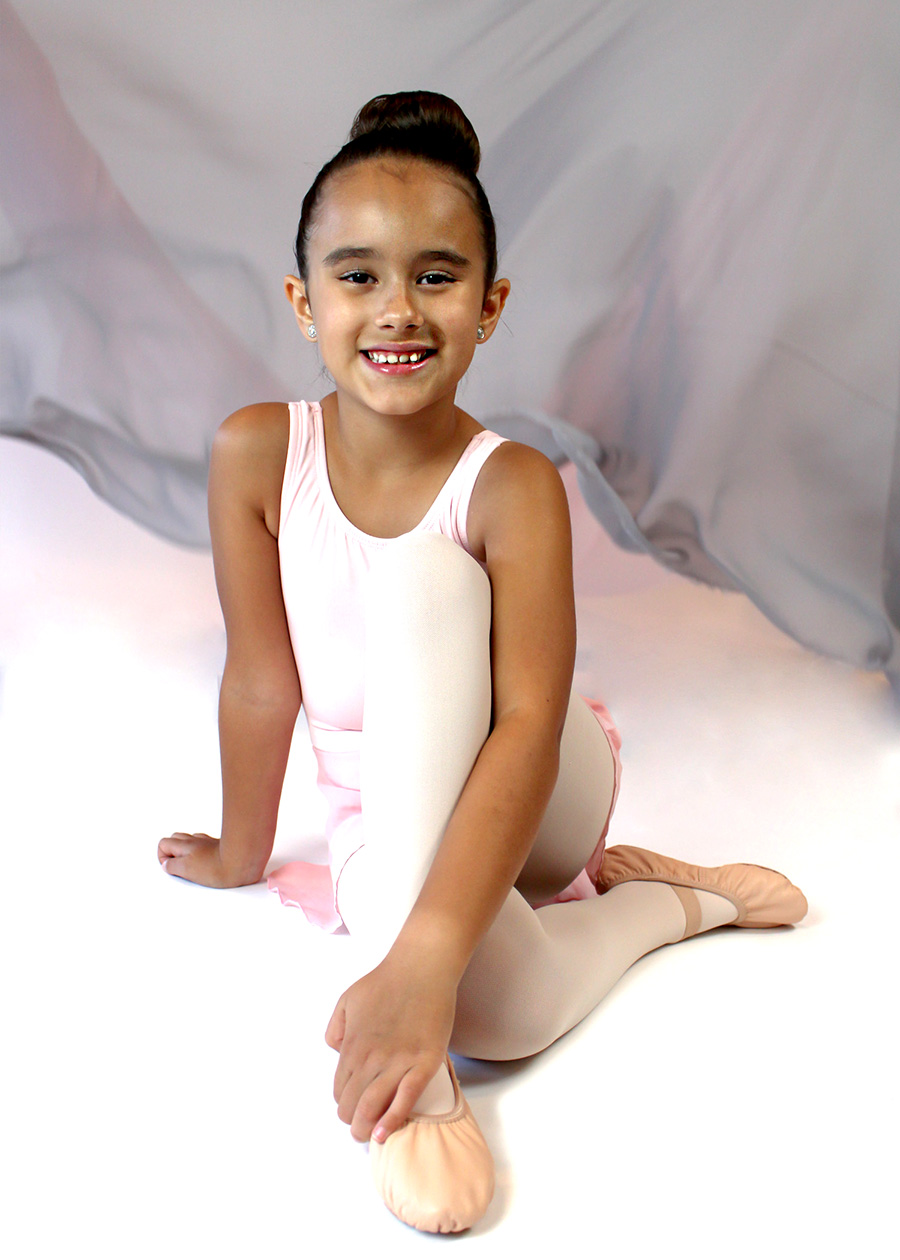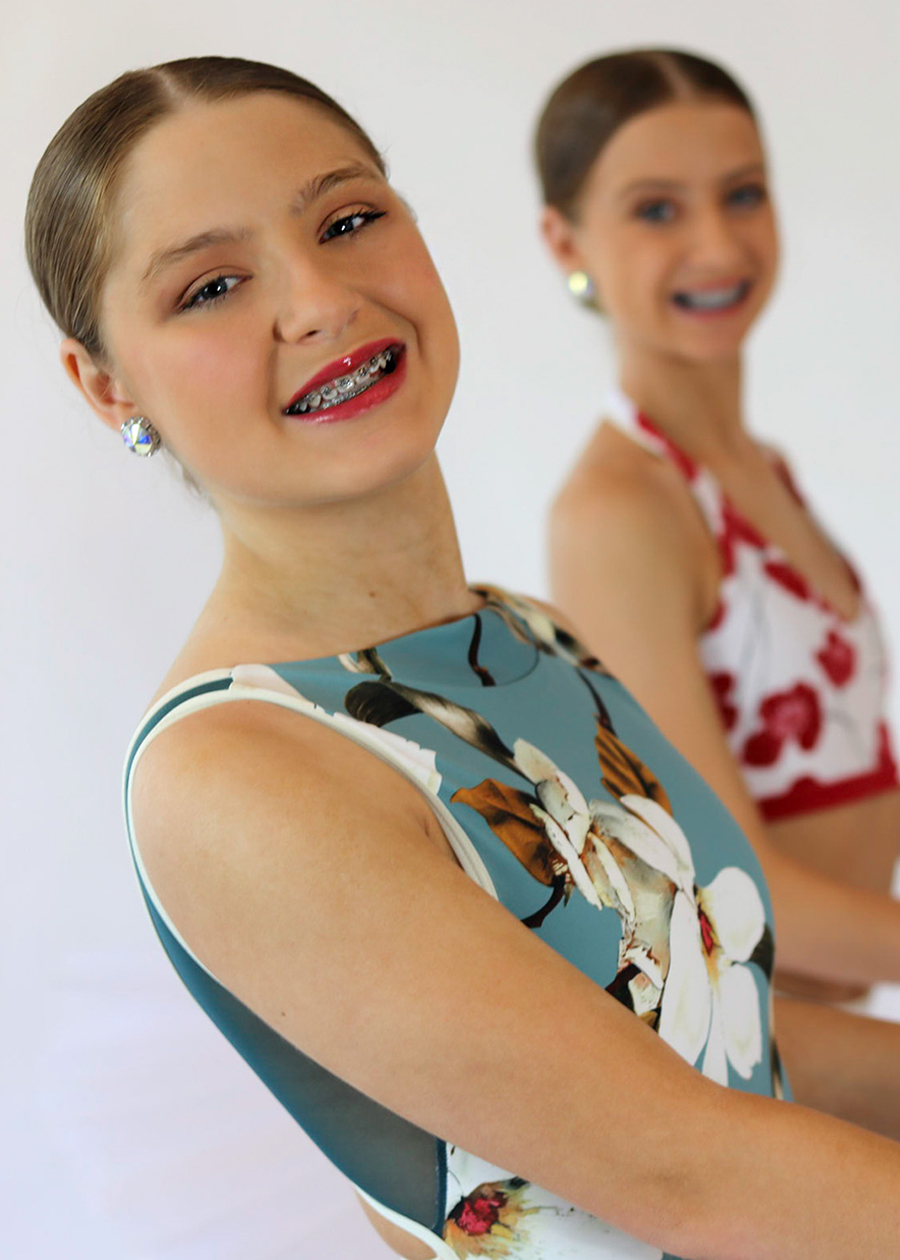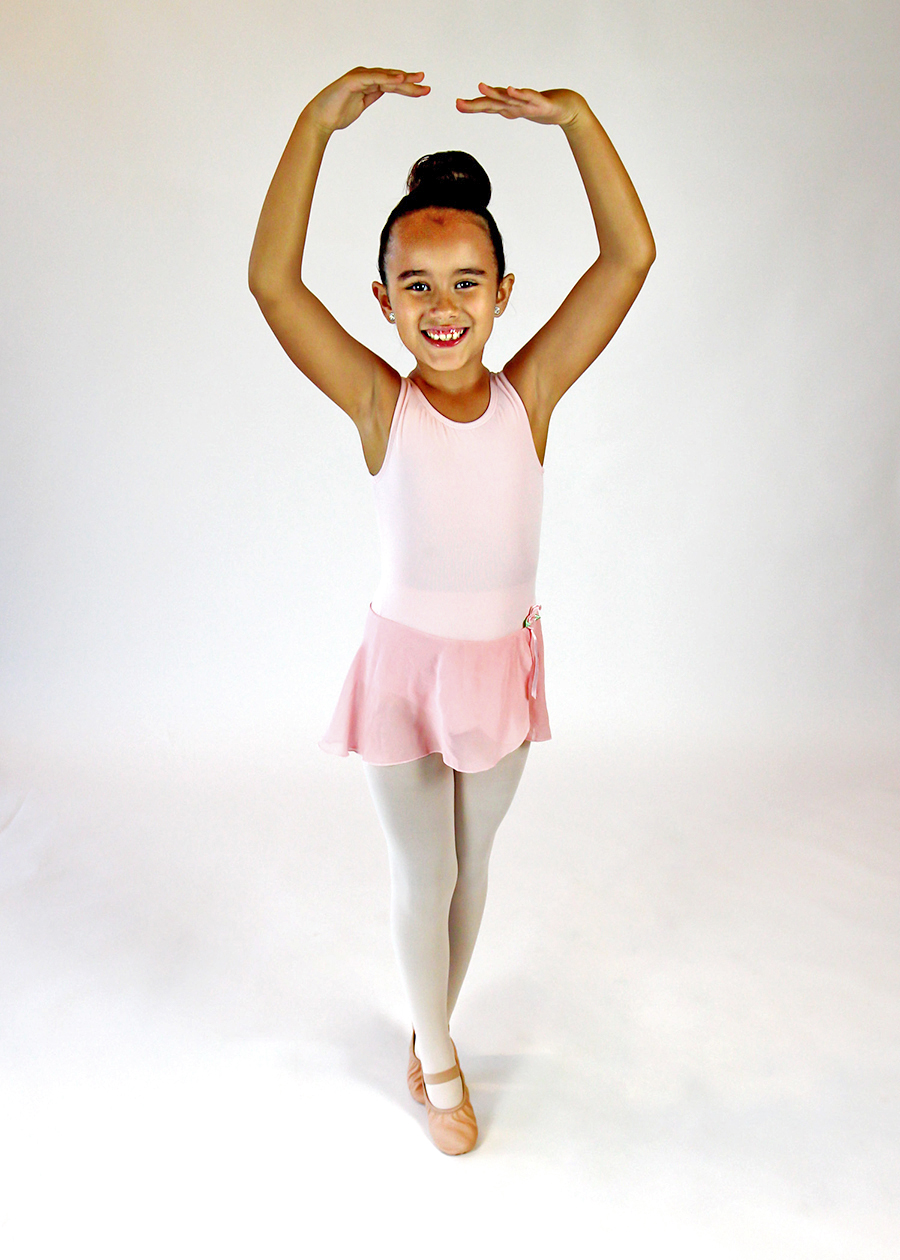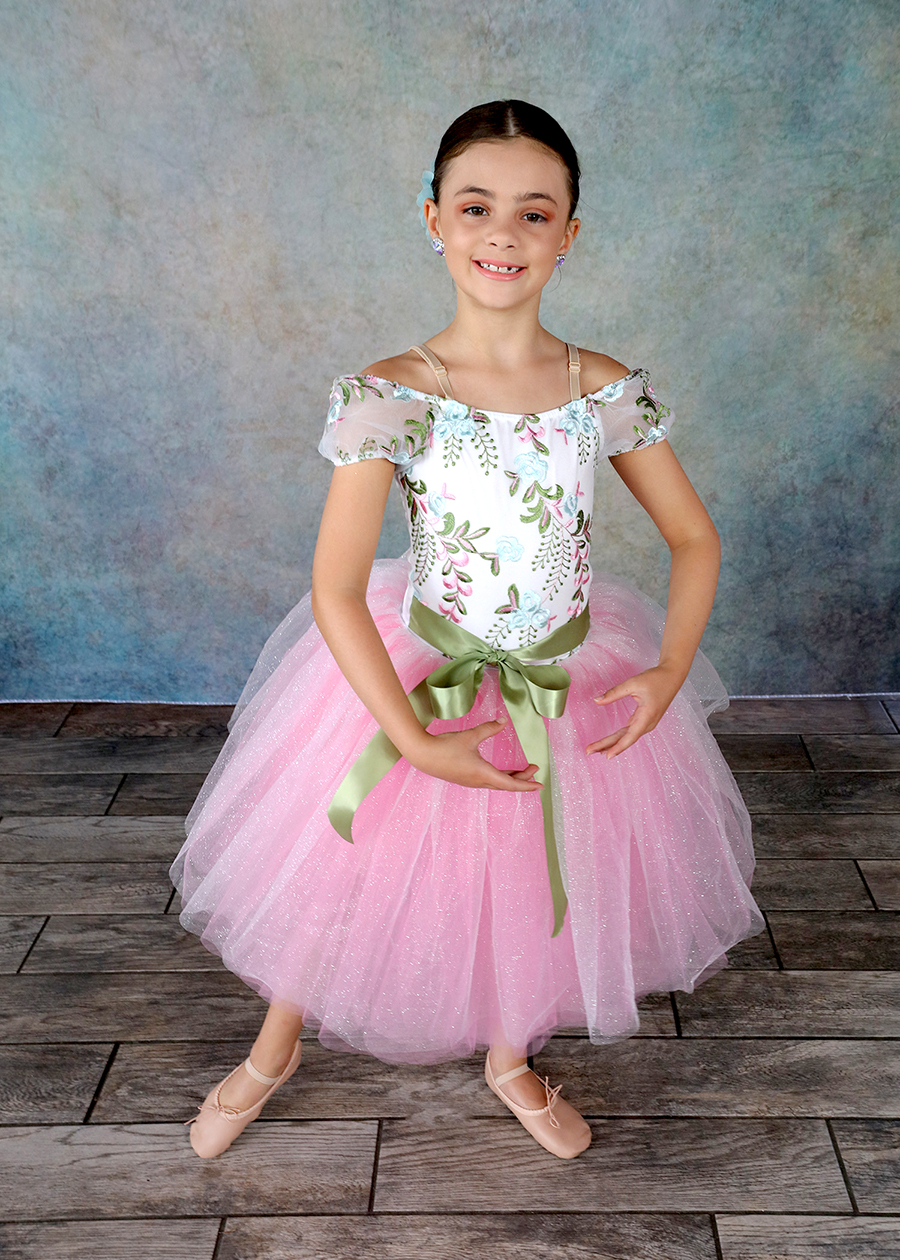Take a Smaller, More Personalized Ballet Classes near you at Catherine’s Dance Studio
Ballet is a classical and artistic form of dance. Since its inception, ballet has been the foundation for most dance styles. Our studio begins with dancers with ballet class, which is the foundation of dance.
When should you start your child in Ballet Classes?
Our studio begins pre-ballet classes for girls as young as three years old. Students must be potty-trained to begin classes. Also, for younger girls starting dance, we recommend starting with the Pre-Classical Ballet class. Once a dancer starts in our ballet program, they are exposed to the structure of a ballet class, aiding in strength, flexibility, proper placement, and terminology that will prepare a dancer for various dance classes.
Our studio, conveniently located near you in downtown Parkville, currently offers four different levels of ballet classes. Before being placed in a level, each dancer is assessed for knowledge and technique, ensuring a positive dance experience for students, parents, and instructors.
“Dance is music made visible.” – George Balanchine
Ballet Class Attire
“The grace and poise that a student learns in Ballet are transferred to other dances and to a girl’s life out of the studio as well. When I see a girl walking, I can tell she is a dancer. Her shoulders are back, she holds her head high, and she has that extra poise that comes from being a Ballet dancer. She carries herself differently, she is stronger and she knows it. She is a Dancer and that helps define who she is and where she thinks she belongs in the world. What parents give their girls and what she gives to herself in the dance studio makes a difference in her life.” – Catherine Stephenson

